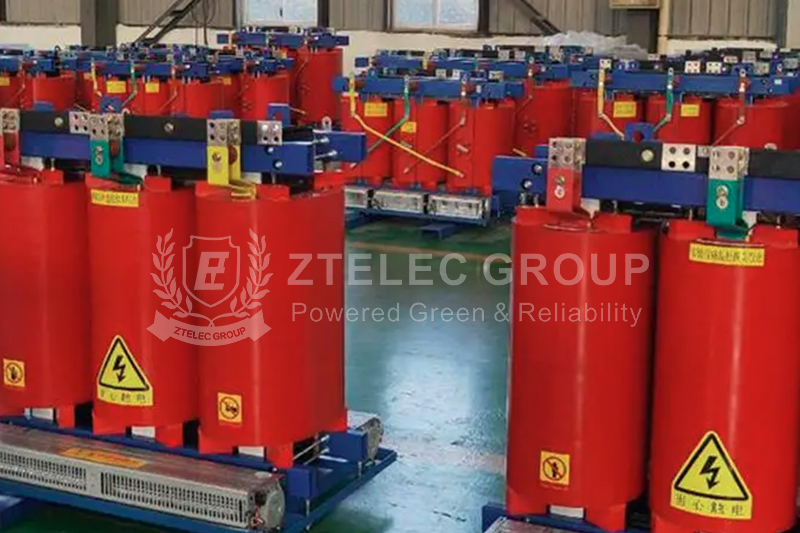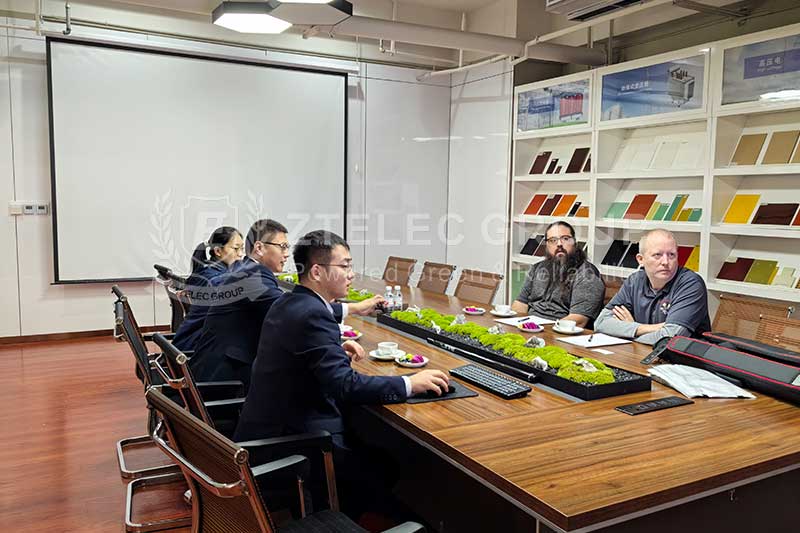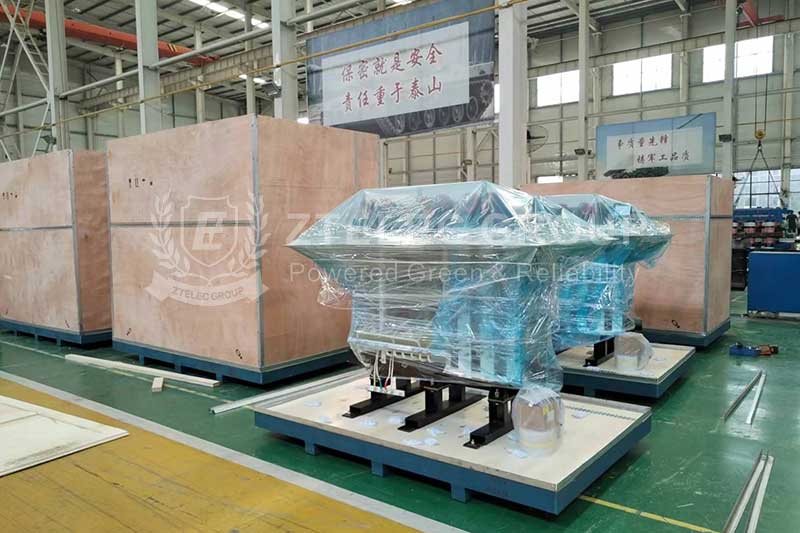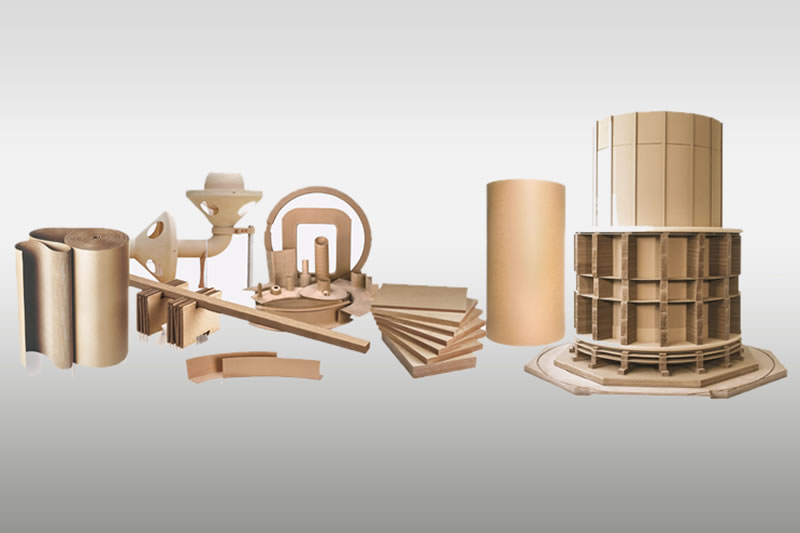Technical Parameters and Performance Features of Dry-Type Transformers
In modern power systems, dry-type transformers are widely used in critical environments such as commercial buildings, hospitals, tunnels, and subway systems due to their oil-free, fire-resistant, and environmentally friendly design. Understanding their technical parameters and performance characteristics is essential for selecting the right model and optimizing operational efficiency.

Key Technical Parameters of Dry-Type Transformers
Rated Capacity (kVA)
The rated capacity indicates the maximum continuous power output under rated voltage and frequency conditions. Common capacities range from 100kVA to 6500kVA, depending on load demands and application scenarios.
Rated Voltage (kV)
Dry-type transformers typically have high-voltage side ratings of 6kV, 10kV, 20kV, or 35kV, and a low-voltage side of 0.4kV (400V). Proper voltage matching with the power grid is essential for stable operation.
Rated Frequency (Hz)
The standard rated frequency is either 50Hz or 60Hz, consistent with the power system in use. This must be strictly adhered to for safe and reliable performance.
Insulation Class
Dry-type transformers use insulation classes F (155°C) or H (180°C). Higher classes allow for better thermal resistance and extended service life, especially in high-load conditions.
Short-Circuit Impedance (%)
This parameter influences voltage regulation and fault current levels. Dry-type transformers usually have impedance values between 4% and 6%, tailored to application and protection requirements.
Temperature Rise Limit (K)
The temperature rise of the windings over ambient temperature is typically 100K for F-class insulation and 125K for H-class. This ensures thermal safety under rated loads.
Transformer Losses
Losses are divided into no-load loss (iron loss) and load loss (copper loss). Material quality (e.g., silicon steel sheets) and winding resistance directly affect efficiency. Dry-type transformers are designed to meet modern energy efficiency standards such as GB 20052.
Cooling Methods
Cooling is achieved through natural air cooling (AN) or forced air cooling (AF). Forced air enhances overload capacity by up to 50%, making it suitable for variable load applications.
Protection Rating (IP Code)
Common IP ratings include IP20 and IP23. IP20 protects against dust and contact with live parts, ideal for indoor use. IP23 offers additional rain protection for outdoor or damp conditions.

Performance Characteristics of Dry-Type Transformers
Low Loss and High Efficiency
Dry-type transformers are engineered for minimal core and copper losses, delivering significant long-term energy savings and reduced operational costs.
Flame-Retardant and Environmentally Friendly
Constructed without flammable liquids, they offer fire safety and zero environmental contamination, aligning with modern sustainability standards.
Maintenance-Free Design
The absence of insulating oil eliminates the need for periodic oil testing or replacement, lowering maintenance effort and increasing system reliability.
Low Partial Discharge
With partial discharge levels typically under 10 pC, dry-type transformers ensure high insulation reliability, resist moisture absorption, and provide long-term electrical stability.
Resistance to Short Circuits and Lightning
The robust mechanical structure and premium insulation materials provide strong resilience against short-circuit forces and lightning surges.
Flexible Cooling Options
Under natural cooling, the transformer supports full-rated continuous operation. Forced cooling enables intermittent overloads of up to 50%, ideal for dynamic load environments.
Versatile Design Types
Dry-type transformers are available in open, enclosed, and cast resin configurations to meet diverse operational and environmental requirements.
Dry-type transformers combine safety, efficiency, and durability in a maintenance-free package. By understanding their technical parameters and core performance features, users can select the right transformer for each scenario—ensuring operational reliability in both standard and critical applications.
- more+releated article
- 2025-12-13How to Select and Use Phenolic Cloth-base Lami
- 2025-12-13How Much Does Bakelite Sheet Cost? 2025 Price
- 2025-12-13Why are most 3240 epoxy boards yellow?
- 2025-12-13What are the Main Applications of FR4 Epoxy Bo
- 2025-12-13Why Does the Price of Insulating Paperboard Va
- 2025-12-13Heat-Resistant DDP Insulation Paper
- 2025-12-13Comparison of Heat-Resistant DDP Insulating Pa
- 2025-12-13G10 and FR4 Epoxy Boards: Commonly Used for Ge
- 2025-12-13The Price of Heat-Resistant DDP Insulation Pap
- 2025-12-13How to Choose Epoxy Laminate Materials for Gen





